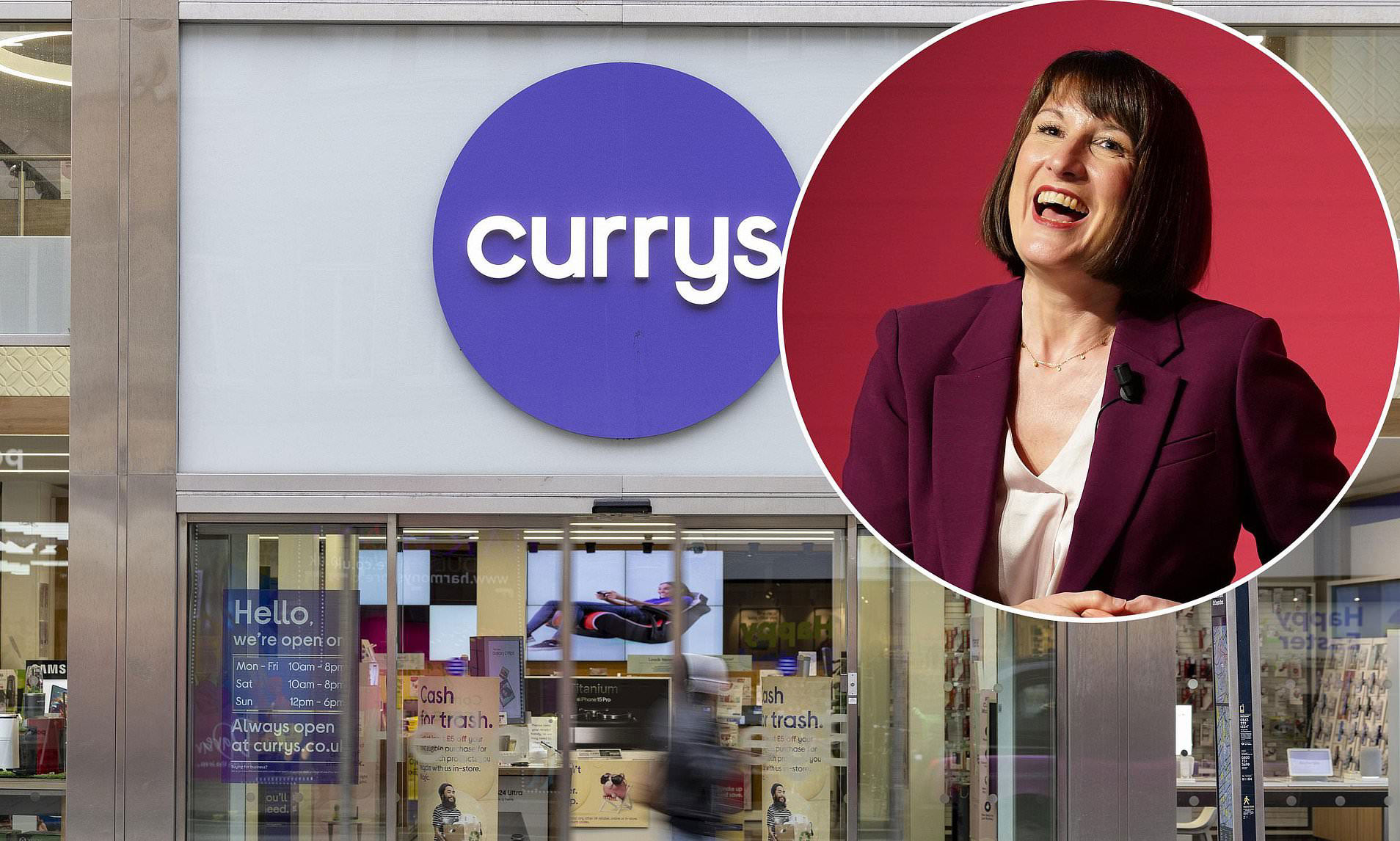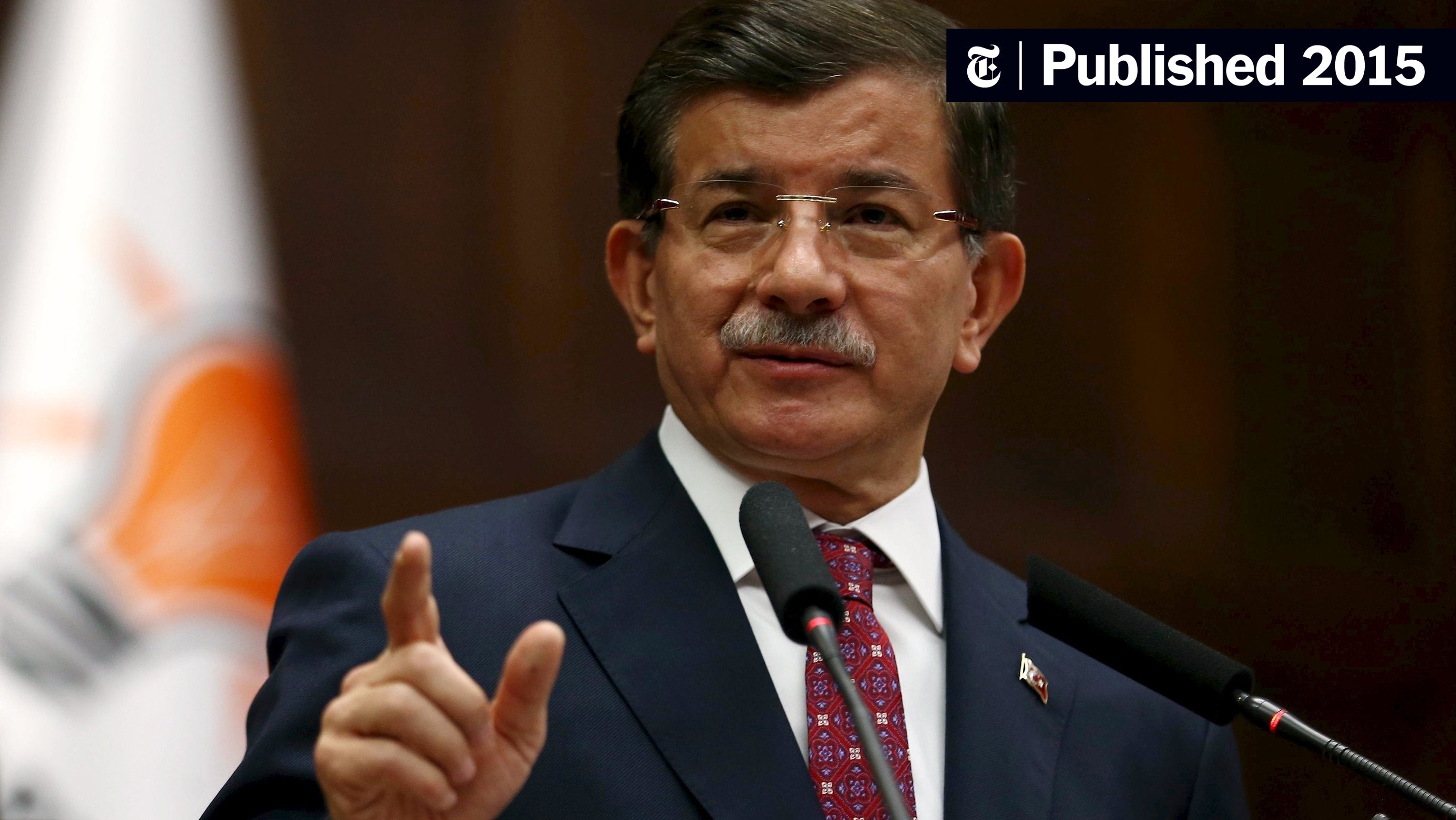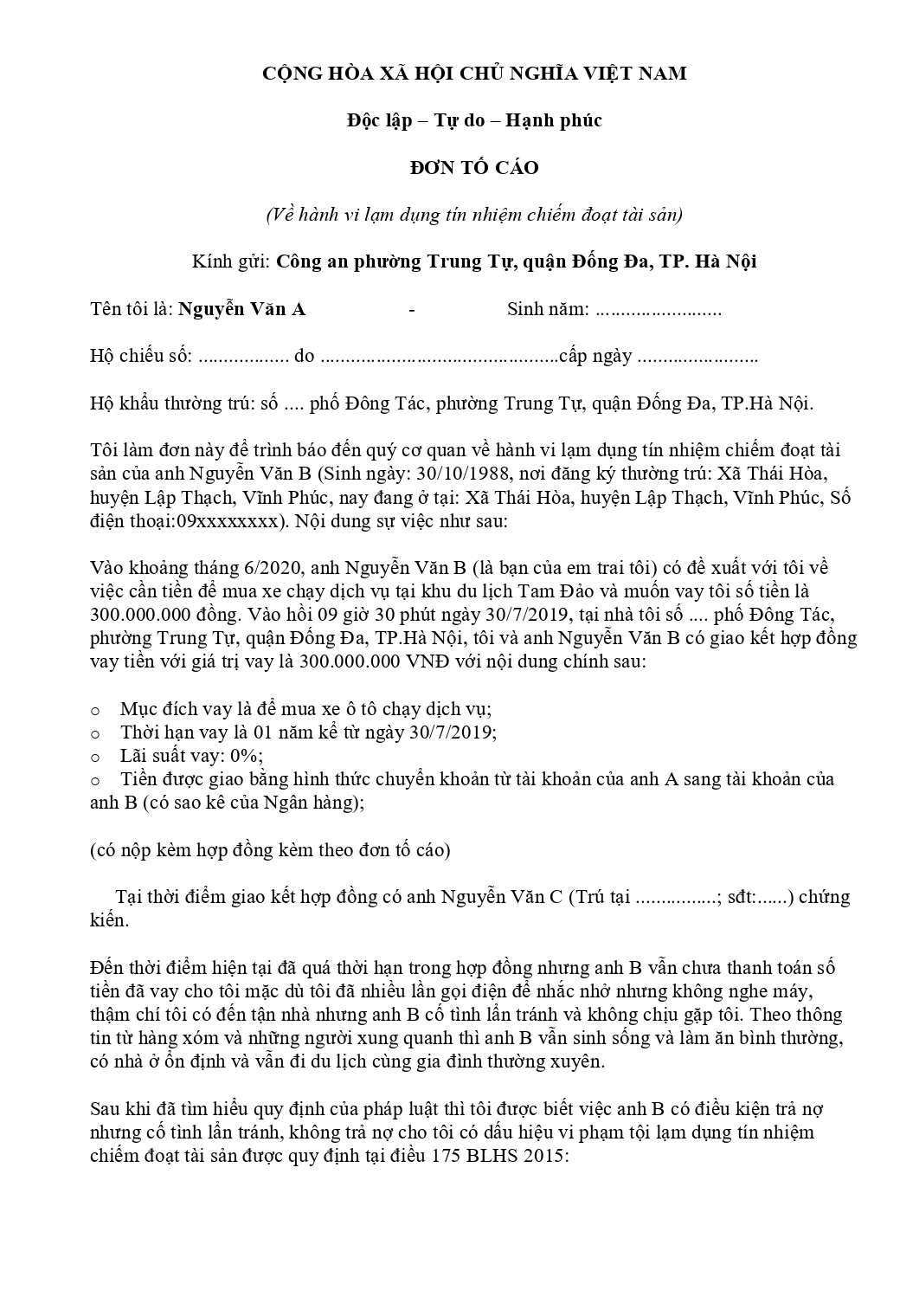Retailers Warn: Short-Term Relief, Tariff Price Hikes Inevitable

Table of Contents
The Illusion of Relief: Temporary Price Stability Masks Underlying Issues
The current, seemingly calm waters of slightly decreased inflation are deceptive. While some indicators point to a temporary easing of price pressures, this is not a sustainable trend. Several factors contribute to this short-lived respite:
- Decreased shipping costs (temporary): While shipping costs have seen a slight dip recently, this is largely attributed to reduced demand and is unlikely to persist. Geopolitical instability and ongoing supply chain bottlenecks could easily reverse this trend.
- Reduced consumer demand in certain sectors: Consumers are tightening their belts in response to previous price increases, leading to decreased demand for some goods. This temporarily reduces pressure on prices but doesn't address the root causes of inflation.
- Strategic inventory management by some retailers: Some retailers strategically built up inventory in anticipation of previous price hikes, allowing them to absorb some of the cost increases without immediately passing them onto consumers. However, this is a finite buffer.
- However, these are short-term fixes, not long-term solutions. The underlying economic instability remains, making a resurgence of inflation almost certain.
Ongoing global economic instability significantly contributes to volatile pricing. Factors such as:
- Geopolitical tensions: Conflicts and trade disputes disrupt supply chains and increase uncertainty, influencing import costs.
- Energy prices: Fluctuations in energy prices directly impact transportation and manufacturing costs, increasing the final price of goods.
- Currency fluctuations: Changes in exchange rates can significantly affect the cost of imported goods, adding to price volatility.
Understanding the Mechanisms of Tariff-Driven Price Increases
Import tariffs directly impact import costs. When tariffs are imposed, the price of imported goods increases at the point of entry. This directly impacts retailers.
- Increased cost of goods at the point of import: Tariffs add a significant percentage to the cost of importing goods, immediately increasing the price retailers pay.
- Retailers absorbing initial costs, leading to reduced profit margins: Initially, retailers may absorb some of these increased costs, leading to squeezed profit margins. This is unsustainable in the long run.
- Inevitable passing of increased costs onto consumers through higher prices: Eventually, retailers are forced to pass these increased costs onto consumers through higher prices to maintain profitability. This leads to an overall price increase.
- Example of specific products affected (e.g., electronics, clothing, furniture): Many consumer goods, from electronics and clothing to furniture and home appliances, are significantly impacted by import tariffs, leading to inevitable cost increases for consumers.
This impact reverberates throughout the entire supply chain. Manufacturers face increased input costs, leading to higher wholesale prices. Distributors bear the brunt of increased transportation and handling costs, further increasing the final price paid by retailers. Ultimately, the consumer carries the burden of these escalating costs.
The Impact on Consumers and the Retail Landscape
Higher prices will significantly impact consumer spending and purchasing power.
- Reduced consumer demand due to higher prices: As retail prices rise, consumers will likely reduce their spending, impacting sales volumes for retailers.
- Shift towards cheaper alternatives or reduced spending: Consumers may switch to cheaper alternatives or cut back on discretionary spending altogether.
- Potential for increased economic hardship for low-income households: The impact of tariff price hikes will be disproportionately felt by low-income households, potentially exacerbating existing economic inequalities.
- Retailers facing challenges in maintaining sales volume and profit margins: Retailers will face immense pressure to maintain sales volume and profit margins in the face of reduced consumer spending and increased input costs.
Retailers need to innovate and adapt to these changes. This includes:
- Focusing on domestic sourcing: Reducing reliance on imported goods by sourcing materials and products domestically.
- Optimizing inventory management: Improving inventory control and forecasting to minimize waste and reduce storage costs.
Strategies for Retailers to Navigate the Upcoming Challenges
To mitigate the impact of tariff price hikes, retailers can employ several strategies:
- Diversifying sourcing locations: Reducing reliance on single-source suppliers and exploring alternative locations to mitigate supply chain disruptions and tariff impacts.
- Investing in automation and technology to reduce costs: Implementing automation and technology solutions to streamline operations and reduce labor costs.
- Implementing robust inventory management systems: Employing advanced inventory management systems to optimize stock levels, minimize waste, and reduce storage costs.
- Engaging in transparent communication with consumers: Openly communicating price adjustments and their rationale with consumers to maintain trust and manage expectations.
- Exploring alternative pricing strategies (e.g., value bundles): Offering value bundles or promotional pricing to incentivize purchases and maintain sales volume despite increased prices.
Conclusion
While the retail sector is currently enjoying a temporary reprieve from inflation, the impending wave of tariff price hikes poses a significant threat. The underlying economic factors driving increased import costs remain largely unaddressed, making sustained price increases inevitable. Consumers should prepare for higher prices across various retail sectors, while retailers must adapt and strategize to mitigate the impact on their businesses. Understanding the complex interplay between import tariffs, retail prices, and consumer prices is crucial for navigating this challenging economic landscape.
Call to Action: Stay informed about the evolving situation regarding tariff price hikes and their impact on retail prices. Understanding the potential for increased costs is crucial for both consumers and businesses to navigate the challenging economic landscape ahead. Learn more about how tariff price increases could affect you and your business and proactively develop strategies to mitigate the impact.

Featured Posts
-
 Prioritizing Economic Issues A Mandate For Canadas Next Pm
May 01, 2025
Prioritizing Economic Issues A Mandate For Canadas Next Pm
May 01, 2025 -
 Remembering Priscilla Pointer A Long And Successful Career In Hollywood And Beyond
May 01, 2025
Remembering Priscilla Pointer A Long And Successful Career In Hollywood And Beyond
May 01, 2025 -
 Dallas Mourns The Loss Of A Centenarian Star
May 01, 2025
Dallas Mourns The Loss Of A Centenarian Star
May 01, 2025 -
 Premier Bebe De L Annee Une Boulangerie Normande Offre Un Cadeau Chocolate Exceptionnel
May 01, 2025
Premier Bebe De L Annee Une Boulangerie Normande Offre Un Cadeau Chocolate Exceptionnel
May 01, 2025 -
 Four Investors Bite On Little Coffees Dragons Den Pitch
May 01, 2025
Four Investors Bite On Little Coffees Dragons Den Pitch
May 01, 2025
Latest Posts
-
 Cruising In The Usa Top Cruise Line Choices
May 01, 2025
Cruising In The Usa Top Cruise Line Choices
May 01, 2025 -
 Which Us Cruise Line Is Right For You
May 01, 2025
Which Us Cruise Line Is Right For You
May 01, 2025 -
 Canh Giac Voi Cac Cong Ty Co Dau Hieu Lua Dao Bao Ve Von Dau Tu Cua Ban
May 01, 2025
Canh Giac Voi Cac Cong Ty Co Dau Hieu Lua Dao Bao Ve Von Dau Tu Cua Ban
May 01, 2025 -
 Rating The Best Cruise Lines In The Usa
May 01, 2025
Rating The Best Cruise Lines In The Usa
May 01, 2025 -
 Americas Top Cruise Lines A Detailed Overview
May 01, 2025
Americas Top Cruise Lines A Detailed Overview
May 01, 2025
